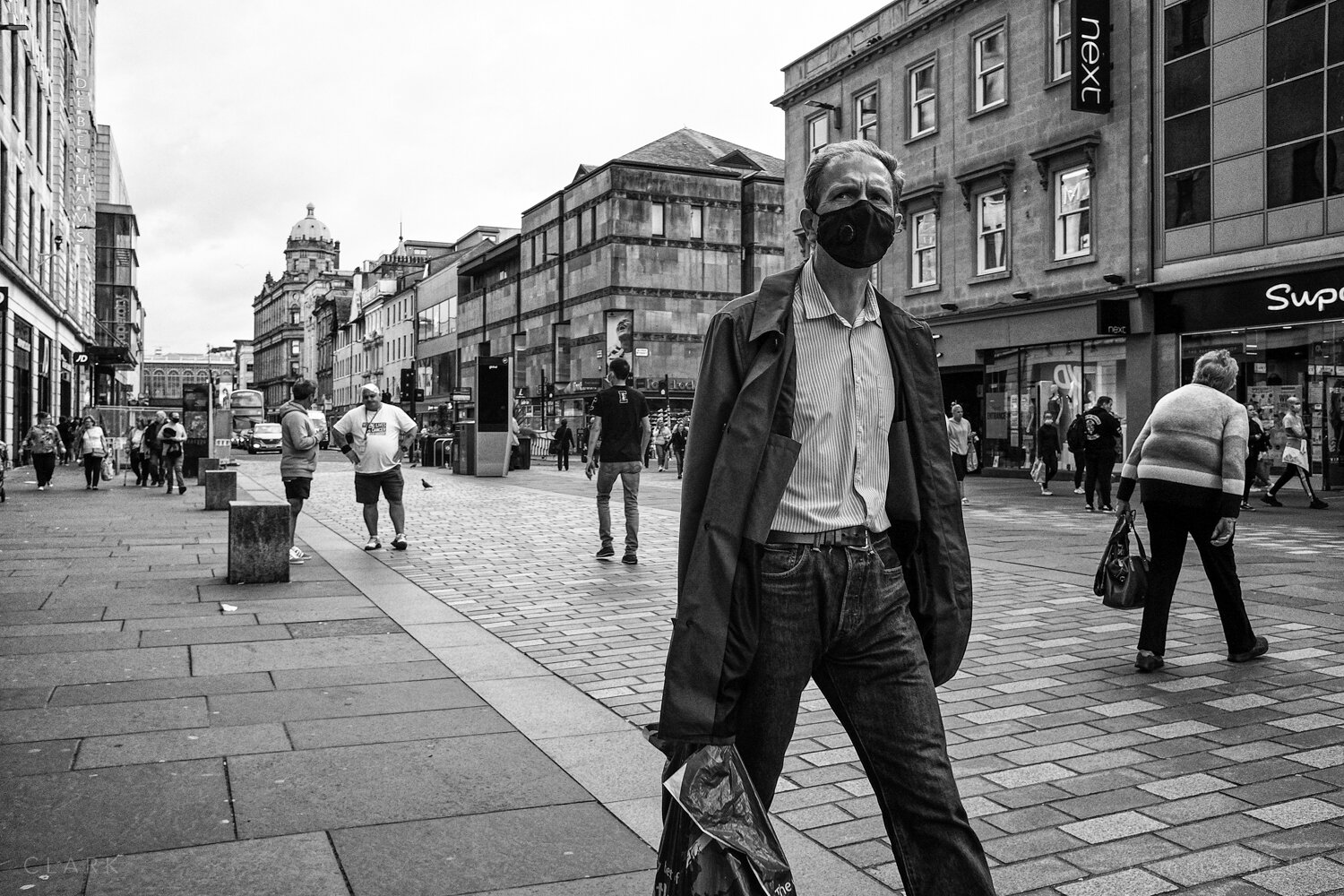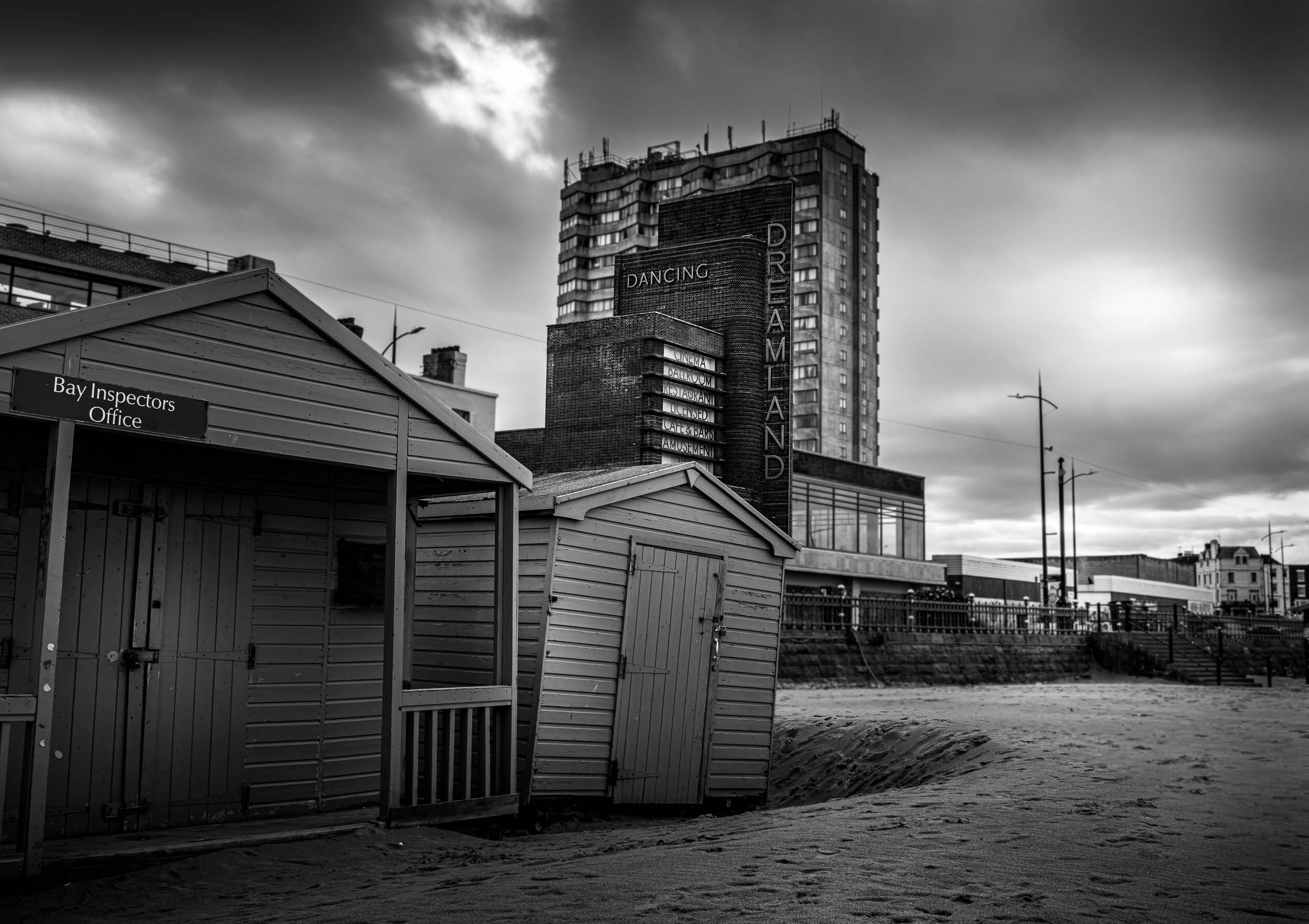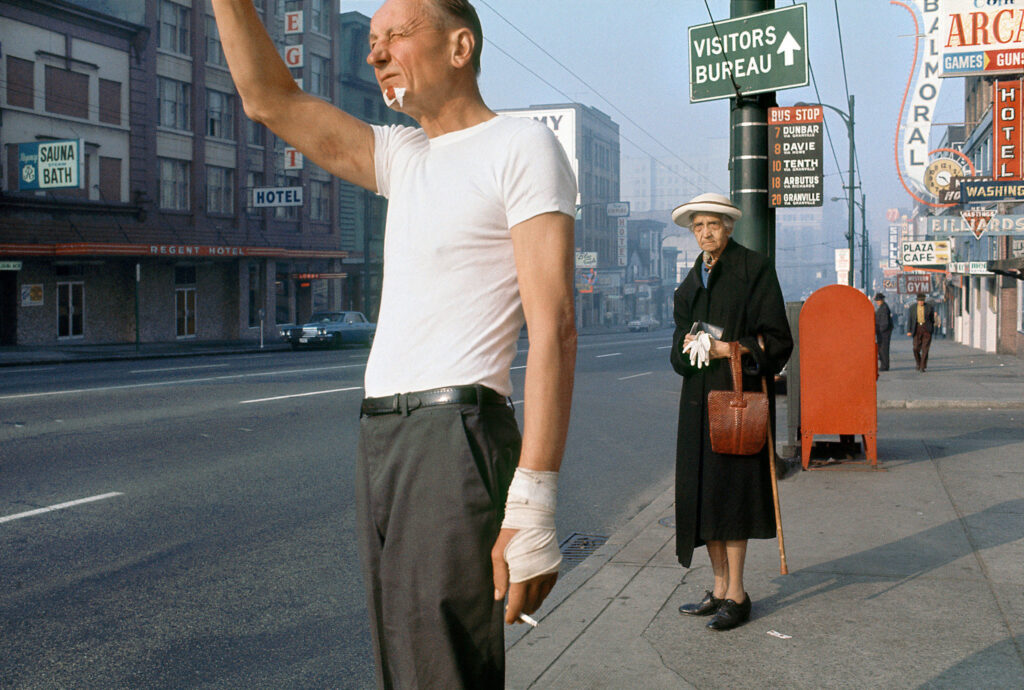The smart Trick of Street Photographers That Nobody is Talking About
Table of ContentsStreet Photographers - The FactsStreet Photographers Things To Know Before You BuyThe Best Strategy To Use For Street PhotographersGetting My Street Photographers To WorkThe Greatest Guide To Street Photographers
Street photographers do not necessarily have a social function in mind, yet they like to isolate and record minutes which could otherwise go undetected.He was influenced by several of those that influenced the street professional photographers of the 1950s and '60s, he was not primarily interested in catching the spirit of the road. The impulse to visually record people in public began with 19th-century painters such as Edgar Degas, douard Manet, and Henri de Toulouse-Lautrec, that worked side by side with photographers attempting to catch the essence of metropolitan life.
In contrast to Atget, digital photographer Charles Marville was worked with by the city of Paris to produce an encyclopaedic document of Haussmann's urban planning job as it unravelled, thus old and brand-new Paris. While the professional photographers' topic was basically the exact same, the outcomes were substantially different, demonstrating the influence of the digital photographer's bent on the character of the pictures he created.
9 Easy Facts About Street Photographers Explained
Given the fine top quality of his pictures and the breadth of product, architects and musicians usually got Atget's prints to utilize as reference for their very own job, though business rate of interests were hardly his major motivation. Rather, he was driven to picture every last remnant of the Paris he enjoyed. The mingled passion and urgency of his mission shine through, leading to photos that tell his very own experience of the city, high qualities that prepared for street digital photography of the 20th century.

Unlike his peers, Brassa made use of a larger-format Voigtlnder cam with a much longer direct exposure time, requiring him to be much more computed and thoughtful in his practice than he may have been if making use of a Leica. (It is assumed that he might not have actually had the ability to afford a Leica at that time, but he did, nonetheless, use one in the late 1950s to take colour photographs.) Brassa's photos of the Paris abyss brightened by click here for more synthetic light were a revelation, and the collection of the collection that he released, (1933 ), was a significant success.

Street Photographers - The Facts
It is as a view it result of this essential understanding of the art of photo taking that he is frequently credited with rediscovering the medium all over again roughly a century because its creation. He took photographs for greater than a half century and affected generations of photographers to trust their eye and intuition in the moment.
These are the questions I shall try to respond to: And afterwards I'll leave you with my very own interpretation of road photography. Yes, we do. Let's kick off with defining what an interpretation is: According to it is: "The act of defining, or of making something certain, unique, or clear".
No, most definitely not. The term is both restricting and misinforming. Appears like a road digital photography need to be images of a roads ideal?! And all road digital photographers, besides a handful of absolute beginners, will fully value that a road is not the crucial element to street photography, and actually if it's an image of a road with possibly a couple of dull people not doing anything of interest, that's not road digital photography that's a picture of a street.
The Greatest Guide To Street Photographers
He makes a valid factor don't you assume? While I agree with him I'm not certain "candid public digital photography" will catch on (although I do kind of like the term "honest photography") due to the fact that "street digital photography" has actually been around for a long time, with several masters' names attached to it, so I think the term is below to stay. Street Photographers.
You can fire at the beach, at an event, in an alley, in a park, in a piazza, in a coffee shop, at a gallery or art gallery, in a metro terminal, at an event, on a bridge, under a bridge ...
Fascination About Street Photographers
Yes, I'm afraid we have no choice! Without guidelines we can not have a definition, and without a meaning we do not have a genre, and without a genre we don't his comment is here have anything to specify what we do, and so we are stuck in a "regulations definition category" loop! - Street Photographers
